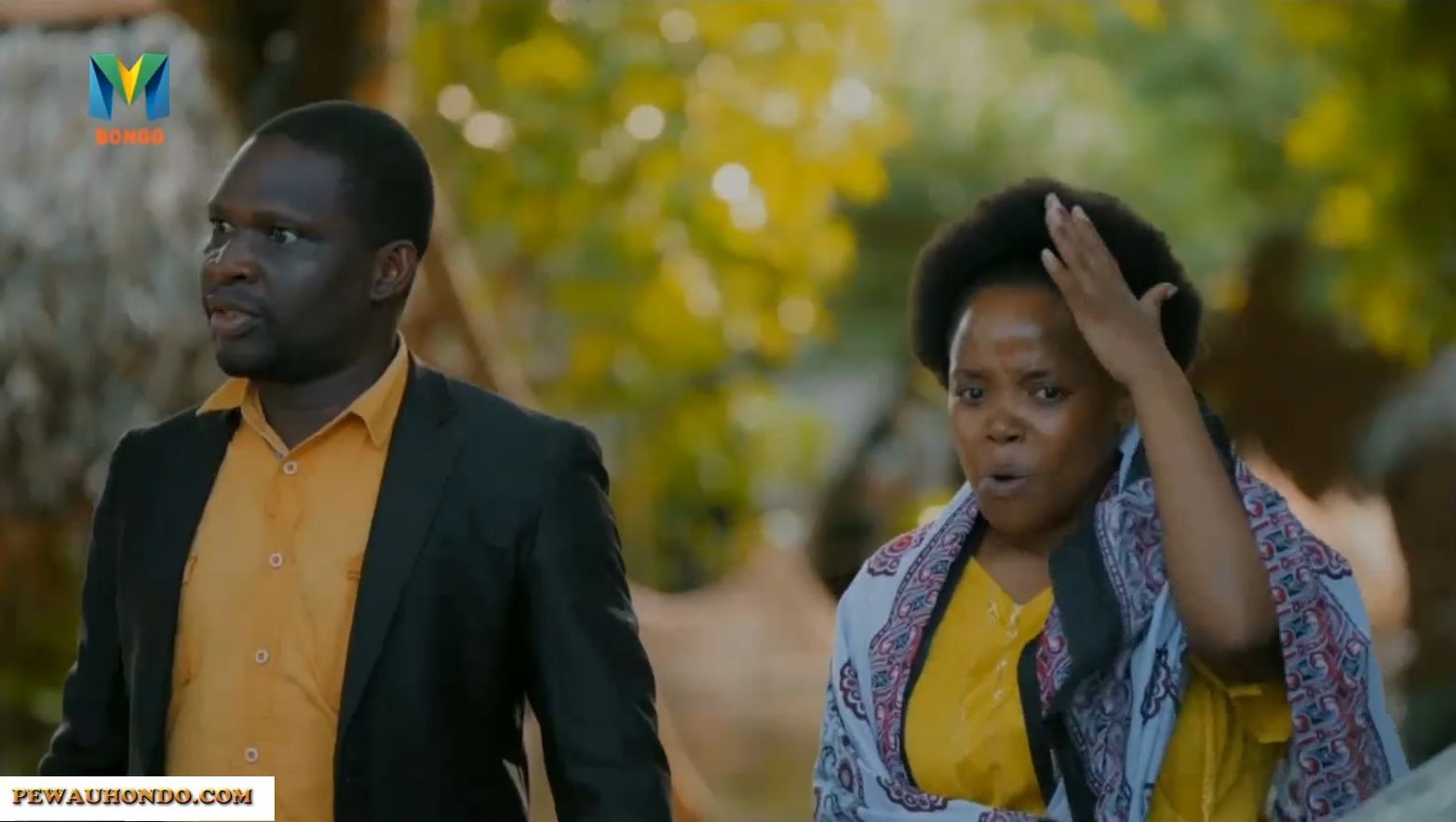Why the GoPro HERO10 Black is a Great Choice for Vloggers and Content Creators
The GoPro HERO10 Black, released in 2021, is a flagship action camera renowned for its compact design, rugged durability, and advanced video capabilities, making it an excellent choice for vloggers and content creators. For Kenyan creators seeking a versatile, portable camera to produce high-quality content for YouTube, TikTok, or Instagram, the HERO10 Black offers a powerful blend of performance and accessibility. This article explores why the GoPro HERO10 Black excels for vlogging and content creation, its key selling points, competitors, target audience, and drawbacks, with pricing in Kenyan Shillings (KES).
Why the GoPro HERO10 Black is Great for Vloggers and Content Creators
The GoPro HERO10 Black is tailored for creators who need a rugged, compact camera that can handle dynamic shooting environments while delivering professional-grade footage. Measuring 71 x 55 x 33.6 mm and weighing just 153 grams, it’s highly portable, fitting easily into a pocket for on-the-go shooting in Kenya’s diverse settings—from Nairobi’s bustling streets to the rugged terrains of Tsavo or coastal adventures in Diani. Its action-camera roots combined with vlogging-specific features make it ideal for creators who prioritize durability and versatility.
Key Selling Points
- High-Resolution Video and Stills
The HERO10 Black features a 23MP sensor with a GP2 processor, capturing 5.3K video at 60fps and 4K at 120fps for smooth, high-quality footage suitable for slow-motion sequences or cinematic vlogs. It supports 23MP stills, allowing creators to extract high-resolution images from video for social media. The 10-bit color support enhances grading flexibility, delivering vibrant visuals for Kenya’s colorful landscapes or urban scenes. - Superior Stabilization
HyperSmooth 4.0 stabilization, an Emmy-winning technology, delivers gimbal-like smoothness, even during intense activities like running, biking, or filming on a moving vehicle. This is ideal for action-packed vlogs or walk-and-talk content, ensuring steady footage without additional gear. The in-camera horizon leveling (up to 45 degrees at 4K 60fps) keeps shots level, perfect for dynamic shoots on boats or uneven terrain. - Vlogger-Friendly Features
- Front and Rear Displays: A 1.4-inch front LCD provides a live preview for framing selfies, crucial for solo vloggers, while the 2.27-inch rear touchscreen offers responsive control, though it’s less advanced than some mirrorless cameras.
- Time-Lapse and Creative Modes: Features like TimeWarp 3.0, 4K time-lapse, and Night Lapse simplify creating dynamic sequences for travel or creative vlogs, capturing Kenya’s sunsets or bustling markets with ease.
- Live Streaming and Webcam Mode: The HERO10 supports 1080p livestreaming to platforms like YouTube and Twitch, and USB webcam functionality, ideal for Kenyan creators engaging live audiences.
- Rugged and Waterproof Design
The HERO10 Black is waterproof up to 10 meters without a case and built to withstand drops, dust, and extreme conditions, making it perfect for Kenya’s varied environments, from rainy seasons in Kisumu to dusty safaris in Amboseli. The hydrophobic lens coating reduces water spots, ensuring clear footage in wet conditions. Its integrated mounting feet simplify attachment to helmets, chests, or selfie sticks. - Audio Enhancements with Media Mod
The optional Media Mod (~KES 12,900) adds a directional microphone, 3.5mm mic input, micro-HDMI output, and cold-shoe mounts for accessories like LED lights. This transforms the HERO10 into a pro-grade vlogging tool with clear audio for interviews or outdoor shoots, though the base camera’s built-in mic is decent for casual use. - Creator Edition Bundle
The HERO10 Black Creator Edition (~KES 77,400 with subscription) includes the Media Mod, Light Mod (200 lumens for low-light shooting), and Volta battery grip, which extends 4K recording to over 4 hours and doubles as a tripod or remote. This bundle is tailored for vloggers needing a complete, portable solution. - Fast Workflow and Connectivity
The GP2 processor enables 30% faster uploads to smartphones via Wi-Fi, and the GoPro Quik app supports automatic cloud backups with a subscription (~KES 6,450/year). This streamlines editing and sharing for social media content creators, with wired USB transfers for large 5.3K files. - Affordability
The HERO10 Black retails for approximately KES 51,600 (based on $399.99 at ~KES 129/USD, as of August 23, 2025). In Kenya, prices range from KES 50,000 to 60,000 through retailers like Jumia or Camera Kenya. The Creator Edition costs ~KES 77,400 with a GoPro subscription (or KES 101,300 without), offering strong value for the bundled accessories. Older models like the HERO9 Black (~KES 45,000) provide a budget alternative.
Competitors
The HERO10 Black faces competition from other action cameras and compact vlogging cameras. Key competitors include:
- DJI Osmo Action 3 (KES 45,000)
Offers 4K video, excellent stabilization, and better battery life. It supports wireless mic systems but lacks the HERO10’s 5.3K resolution and front LCD versatility. - Insta360 One RS (KES 51,600)
Features modular design with 4K and 360-degree options. It’s versatile but less rugged and has a smaller sensor, impacting low-light performance. - GoPro HERO9 Black (KES 45,000)
A predecessor with similar features but slower performance and no GP2 processor. It’s a budget-friendly option for those not needing the latest frame rates. - Sony ZV-1 (KES 103,000)
A compact camera with a 1-inch sensor, flip-out screen, and vlogging features like Product Showcase mode. It’s pricier, less durable, and lacks waterproofing but offers a zoom lens and better autofocus. - Panasonic Lumix G100 (KES 83,800)
A Micro Four Thirds mirrorless with a flip-out screen and OZO Audio. It’s more versatile with interchangeable lenses but less rugged and has weaker autofocus.
Target Audience
The GoPro HERO10 Black is best suited for:
- Adventure and Travel Vloggers: Kenyan creators filming in rugged or wet environments, like safaris in Tsavo or coastal adventures in Lamu, due to its waterproofing and durability.
- Social Media Content Creators: Those producing content for TikTok, Instagram, or YouTube, leveraging the front LCD and Quik app for quick edits and uploads.
- Action-Oriented Creators: Vloggers capturing dynamic footage, such as sports or POV shots, where HyperSmooth 4.0 excels.
- Livestreamers: Creators needing a compact camera for live broadcasts with reliable stabilization and audio options via the Media Mod.
It’s less ideal for creators needing zoom lenses, advanced autofocus for stills, or hybrid photography capabilities, who might prefer the Sony ZV-1 or Sony ZV-E10 (KES 90,000).
Drawbacks
Despite its strengths, the HERO10 Black has limitations:
- Poor Low-Light Performance: The 1/2.3-inch sensor struggles with noise in low-light conditions, making it less suitable for evening vlogs or indoor shoots without additional lighting.
- No Zoom Lens: The fixed wide-angle lens lacks versatility for tighter shots, requiring digital cropping that reduces quality, unlike cameras with optical zoom like the Sony RX100 VII (KES 155,000).
- Mediocre Battery Life: The 1,720mAh battery lasts ~60-90 minutes at 5.3K, requiring spares (~KES 3,000-5,000 each) for extended shoots. The Volta grip in the Creator Edition mitigates this but adds cost.
- Not Waterproof with Media Mod: The Creator Edition’s Media Mod and Volta grip compromise waterproofing, limiting use in wet conditions like rain or underwater shoots unless used without mods.
- No Headphone Jack Without Media Mod: The base camera lacks a headphone port for audio monitoring, requiring the Media Mod (~KES 12,900) for professional audio setups.
- Software Bugs: Some users report occasional freezes or connectivity issues with the Volta grip, requiring battery removal to reset, though firmware updates may address this.
- Learning Curve for Mods: The Media Mod and Volta grip require setup and Bluetooth pairing, which may be cumbersome for beginners.
Conclusion
The GoPro HERO10 Black is an outstanding choice for Kenyan vloggers and content creators seeking a rugged, compact action camera with professional-grade features. Its 5.3K video, HyperSmooth 4.0 stabilization, front LCD, and Creator Edition accessories make it ideal for producing dynamic content for YouTube, TikTok, or Instagram. Priced at around KES 51,600 (or KES 77,400 for the Creator Edition with subscription), it offers strong value compared to competitors like the DJI Osmo Action 3 or Sony ZV-1, particularly for its durability and stabilization.
However, its poor low-light performance, lack of optical zoom, and compromised waterproofing with mods may limit its appeal for some creators. For adventure vloggers, social media creators, or those filming in challenging conditions in Kenya, the HERO10 Black is a reliable, portable tool to elevate their content. Creators needing advanced autofocus or zoom might prefer the Sony ZV-E10 or Sony RX100 VII, though at a higher cost. With its blend of ruggedness, performance, and accessibility, the GoPro HERO10 Black remains a top contender for vlogging in 2025.
HUBA MAISHA MAGIC BONGO 25TH AUGUST 2025 MONDAY LEO USIKU SEASON 14 EPISODE 68









You must be logged in to post a comment.